Kefir sheet cake is a tasty dessert that blends the tangy flavor of kefir with the lightness of a sponge cake. The result is a moist and flavorful treat, perfect for any occasion. The kefir not only adds a unique taste but also helps give the cake a great texture. Whether you’re baking for a special event or just craving something sweet, this kefir sheet cake recipe will impress.
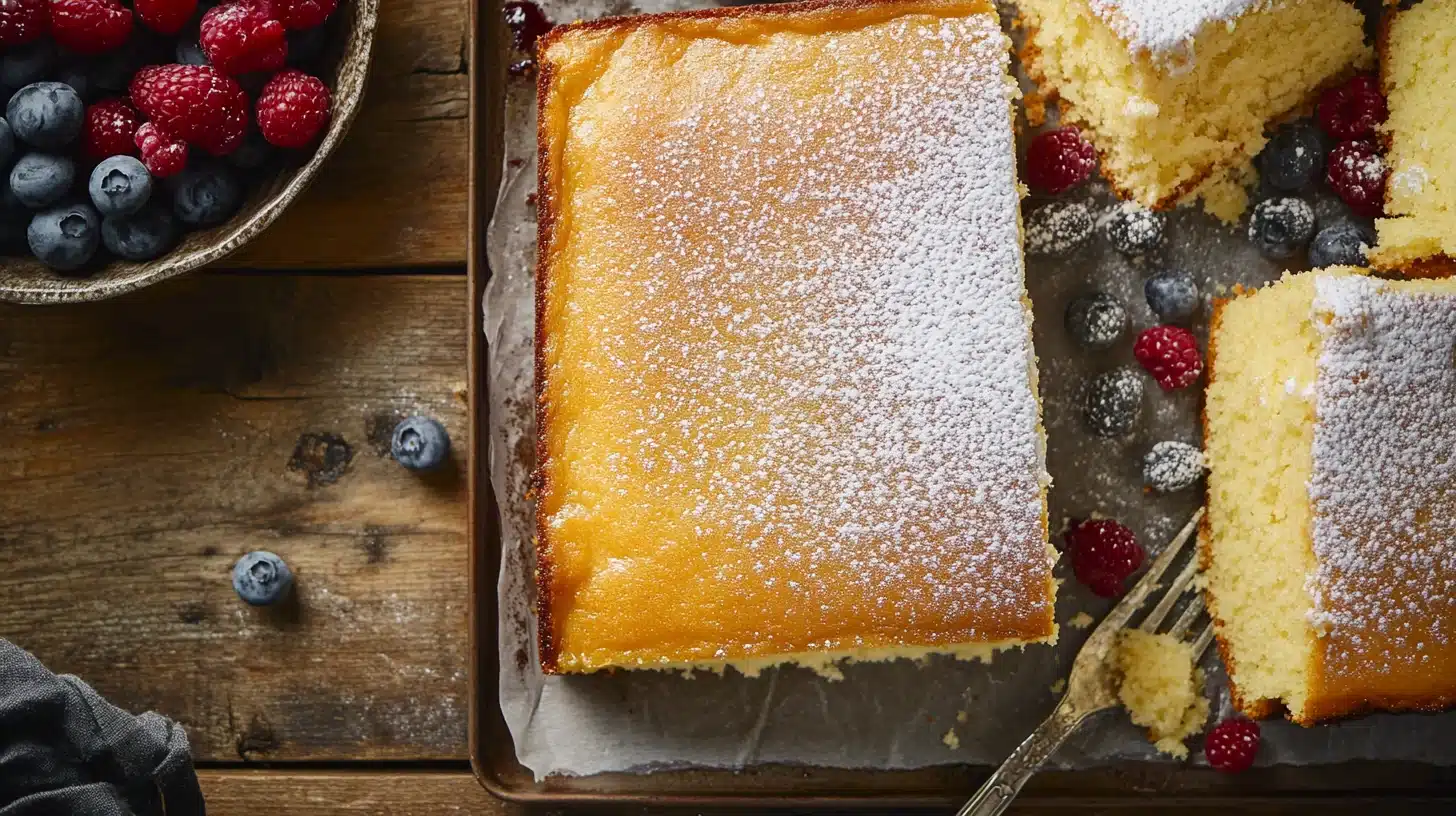
Delicious Kefir Sheet Cake Recipes
When making delicious kefir sheet cake, there are many variations to try. Each recipe allows you to highlight kefir’s versatility while catering to different taste preferences. Below are three tasty ways to prepare kefir sheet cake.
Classic Vanilla Kefir Sheet Cake
The classic vanilla kefir sheet cake serves as a foundational recipe that highlights the tangy notes of kefir perfectly balanced by sweet, comforting vanilla.
Using basic ingredients like flour, sugar, eggs, and kefir, this recipe is easy and satisfying. Baking powder helps the cake rise, giving it a light, fluffy texture. Once baked, you can frost the cake with your favorite icing or keep it simple with a dusting of powdered sugar.
This classic version is not just easy to make; it is also incredibly versatile. You can dress it up with fresh fruits, nuts, or even chocolate chips, allowing you to personalize the cake according to your tastes.
Chocolate Kefir Sheet Cake
For chocolate lovers, the chocolate kefir sheet cake is a dream come true! Imagine the rich flavors of cocoa combined with the creamy, tangy essence of kefir, resulting in a moist chocolate cake that’s hard to resist.
To create this cake, you’ll mix unsweetened cocoa powder into the dry ingredients. The kefir adds moisture, ensuring that every bite is soft and decadent. This cake pairs wonderfully with various frostings, from creamy vanilla buttercream to a rich ganache.
One creative twist is to incorporate chocolate chips or chunks into the batter. They melt during baking, providing gooey pockets of chocolate that elevate the cake experience.
Lemon Zest Kefir Sheet Cake
If you prefer a lighter, more refreshing dessert, the lemon zest kefir sheet cake might be right up your alley. The bright citrus flavor complements the tanginess of the kefir, creating a cake that’s perfect for warm weather gatherings.
Zesting a couple of lemons and adding their juice to the batter will infuse the cake with a zingy flavor. The acidity of the lemon balances beautifully with the sweetness, while the kefir keeps the cake moist.
You could top this cake with a lemon glaze or simple whipped cream to enhance the overall taste. Garnishing with lemon slices and mint leaves can give your sheet cake a stunning presentation!
How to Make a Moist Kefir Sheet Cake
Creating a moist kefir sheet cake is an art that involves careful selection of ingredients and precise baking techniques. Here’s how you can master the process for a moist and flavorful cake every time.
Selecting Quality Ingredients
Choosing the right ingredients is key in any baking endeavor. For a kefir sheet cake, start with high-quality kefir. Look for organic options without additives or preservatives to achieve the best flavor.
Additionally, using fresh eggs at room temperature helps the batter trap air, resulting in a lighter texture. It’s also important to use fresh all-purpose flour and baking powder, as their quality affects the cake’s rise and texture.
Don’t forget about flavorings! Pure vanilla extract, citrus zests, and spices can elevate your cake, providing depth and complexity to each bite.
Mixing Techniques for Success
How you mix the batter can significantly impact the moisture level of your cake. Start by creaming together the sugar and butter until light and fluffy, incorporating air into the mixture. This step is crucial because it helps create a tender crumb.
Once the wet and dry ingredients are combined, mix gently. Over-mixing can lead to a dense cake, so combine until just incorporated. The goal is to keep the batter airy and light.
Finally, consider folding in additional ingredients like fruits or chocolate chips after mixing. This will ensure they are evenly distributed throughout the batter without deflating it.
Baking Essentials
Temperature and timing are crucial when baking a moist kefir sheet cake. First, preheat your oven properly, and make sure your oven thermometer is accurate. This way, the cake bakes evenly and doesn’t dry out. Additionally, keeping an eye on the baking time will help ensure the perfect texture.
Use a light-colored sheet pan to prevent over-browning. Bake until a toothpick inserted in the center comes out clean but avoid overbaking, which can lead to dryness. Once out of the oven, allow the cake to cool in the pan for a few minutes before transferring it to a wire rack to cool completely.
Benefits of Using Kefir in Baking
Incorporating kefir into your baking offers numerous benefits beyond its delightful flavor. Understanding these advantages can inspire you to experiment more with this amazing fermented product.
Nutritional Value of Kefir
Kefir is full of nutrients that support a healthier diet. It’s rich in protein, calcium, and B vitamins, all of which are important for the body. When used in baking, kefir can improve the nutritional value of your desserts, making them healthier and more wholesome.
Moreover, the probiotics found in kefir promote gut health, aiding digestion and supporting the immune system. By choosing kefir-based recipes, you’re providing a delicious way to include beneficial bacteria in your diet.
Enhanced Flavor Profile
One of the standout features of kefir is its tangy flavor. This unique taste can balance out sweetness in baked goods, preventing them from becoming overly sugary. The acidity in kefir can also enhance other flavors in the cake, creating a more complex and enjoyable eating experience.
Using kefir can take traditional cakes to new heights by introducing an unexpected twist. The slight tartness pairs well with various flavor profiles, from fruity to chocolaty, enhancing the overall taste of your creations.
Improved Texture
Kefir’s high moisture content is a game-changer in baking. Cakes made with kefir tend to be softer and more tender, maintaining their moisture even after cooling. This quality is particularly important in sheet cakes, where achieving a moist texture can sometimes be challenging.
Additionally, kefir acts as a natural leavening agent due to its acidity, which reacts with baking soda or baking powder. This interaction can improve the cake’s rise and fluffiness, resulting in a delightful texture that everyone will love.
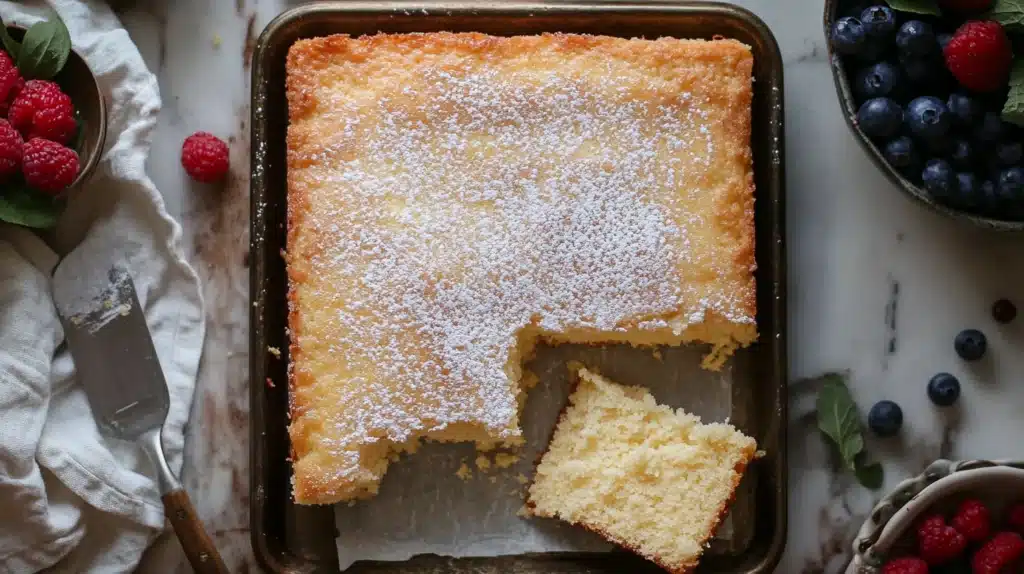
Kefir Sheet Cake Variations You Should Try
Once you’ve mastered the basic kefir sheet cake recipe, you can try some fun variations. These simple twists can add new flavors and textures to your baking.
Fruit-Infused Kefir Sheet Cake
Adding fresh or frozen fruit to your kefir sheet cake can boost the flavor and look. For example, fruits like Strawberries, Blueberries, and peaches mix well into the batter. Simply fold in the fruit gently, ensuring it’s spread evenly throughout the cake. This will help enhance both the taste and appearance of your dessert.
These variations work exceptionally well with both classic vanilla and lemon kefir sheet cakes. The added moisture from the fruit helps keep the cake soft while providing bursts of flavor in every bite.
Spiced Kefir Sheet Cake
Incorporating spices can turn a simple kefir sheet cake into a seasonal delight. Popular spices like cinnamon, nutmeg, and ginger can bring warmth and aroma to your baking.
Consider creating a spiced kefir cake that embodies the flavors of fall or winter. Pairing spices with apples, pumpkin, or even pecans can create a comforting dessert that’s perfect for cozy gatherings.
Savory Kefir Sheet Cake
For an adventurous palate, you can even try a savory kefir sheet cake! Incorporate ingredients like herbs, cheese, and vegetables to create a unique twist on the traditional sweet cake.
Think along the lines of a Herb-infused cake with feta and spinach, or experiment with roasted tomatoes and basil. These savory options can serve as great appetizers for gatherings or potlucks.
Step-by-Step Guide to Perfecting Kefir Sheet Cake
Creating the perfect kefir sheet cake takes practice, but following a structured approach will lead you to success. Here’s a detailed step-by-step guide.
Gather Your Ingredients
Start by assembling all the necessary ingredients. You will need:
- All-purpose flour
- Sugar
- Eggs
- Butter
- Baking powder
- Salt
- Kefir
- Flavorings (e.g., vanilla, lemon zest)
Having everything ready before you begin will streamline the process and help you stay organized while baking.
Prepare the Oven and Pan
Preheat your oven to the appropriate temperature and prepare your baking pan. Lightly grease and flour a sheet pan to prevent sticking. An alternative option is to line the pan with parchment paper, which can make removal easier later on.
Mix Wet Ingredients
In a large bowl, beat the softened butter and sugar until light and fluffy. Crack the eggs in one at a time, stirring thoroughly after each addition. Pour in the kefir and any flavorings, then mix until just combined.
Combine Dry Ingredients
Combine the flour, baking powder, and salt in a separate bowl and whisk until well mixed. Slowly incorporate the dry ingredients into the wet mixture, stirring until the batter is smooth. Be careful not to Over-mix, as this can affect the texture of your cake.
Bake and Cool
Pour the batter into the prepared sheet pan and smooth the top with a spatula. Place the cake in the preheated oven and bake until a toothpick inserted into the center comes out clean. After baking, let the cake cool in the pan for a few minutes before transferring it to a wire rack.
Frost and Serve
Once cooled completely, you can frost or glaze your kefir sheet cake according to your preference. Slice the cake into squares or rectangles, and serve with coffee, tea, or your favorite beverage!
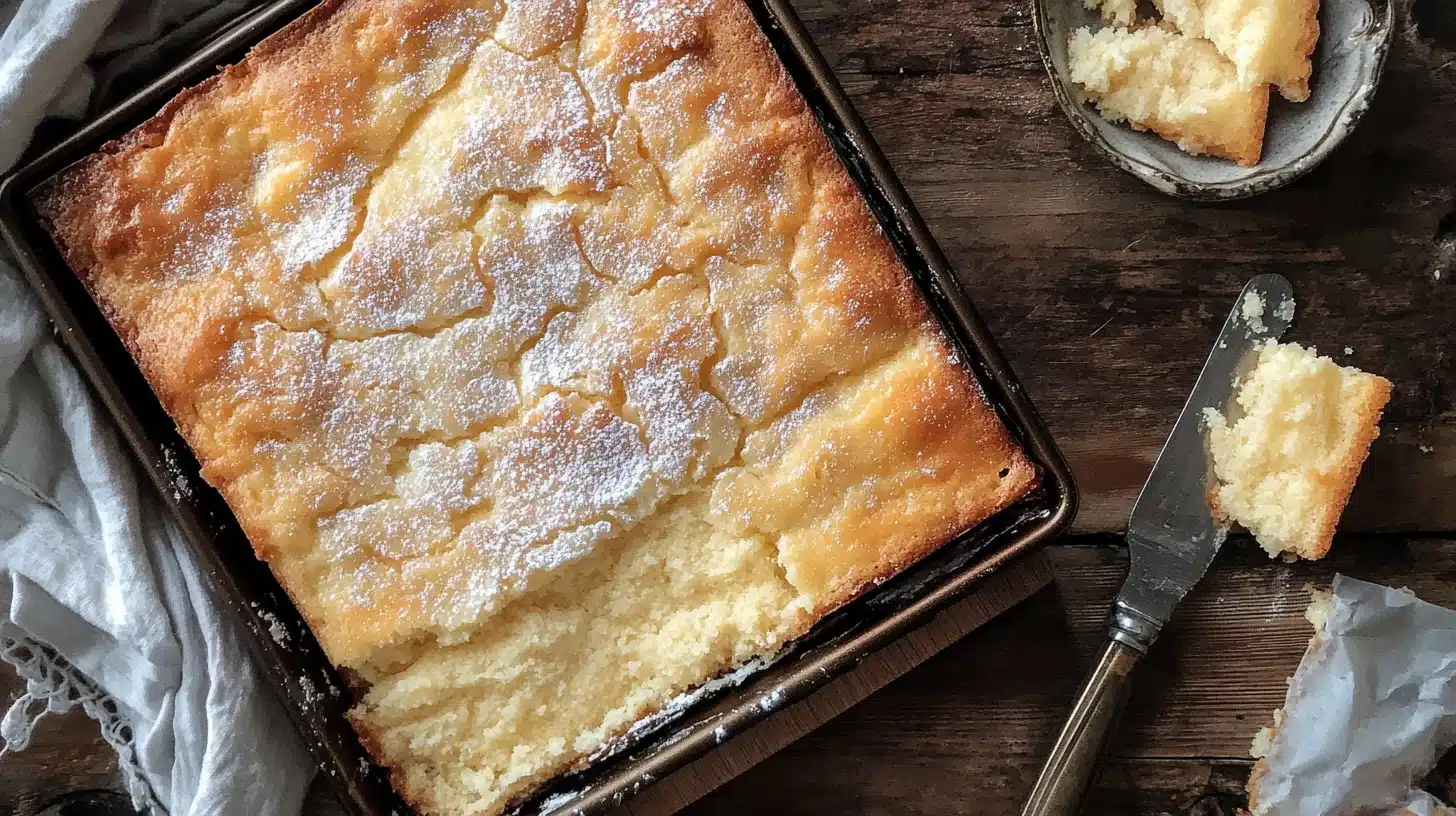
Top Frosting Ideas for Kefir Sheet Cake
A delicious frosting can elevate your kefir sheet cake to new heights. Here are some creative frosting ideas that complement the flavors of the cake beautifully.
Cream Cheese Frosting
Cream cheese frosting is a classic pairing for many types of cakes, and it works wonders with kefir sheet cake as well. Its creamy texture and tangy flavor harmonize seamlessly with the cake’s moist crumb.
To make cream cheese frosting, beat softened cream cheese with butter, then gradually add powdered sugar and a splash of vanilla extract. Adjust the consistency with milk if needed.
Lemon Glaze
A lemon glaze can provide a refreshing contrast to the richness of the cake. This simple glaze is made by whisking together powdered sugar and fresh lemon juice until smooth. Drizzle it over the top of your cooled cake for a beautiful finish.
The bright and zesty notes of this glaze pair exceptionally well with lemon or vanilla kefir sheet cakes, highlighting the tanginess of the kefir.
Chocolate Ganache
For those who crave decadence, chocolate ganache is the way to go. Made by heating heavy cream and pouring it over chopped chocolate, ganache creates a luscious coating that adds depth and richness.
Once your ganache is cool and slightly thickened, pour it over the cake, allowing it to drip down the sides. This indulgent topping transforms your kefir sheet cake into a show-stopping dessert.
Kefir Sheet Cake: A Healthy Dessert Option
The perception of desserts often revolves around indulgence, but kefir sheet cake can offer a healthier alternative without sacrificing flavor. Here’s why this cake can fit into a balanced diet.
Lower Sugar Content
By using kefir instead of sour cream or yogurt, you can cut down on sugar without losing moisture or taste. Kefir’s natural tang helps balance the sweetness, so you can use less sugar.
Additionally, experimenting with natural sweeteners like honey or maple syrup can further lower the refined sugar content while adding distinct flavors.
Beneficial Probiotics
As mentioned earlier, kefir is a probiotic-rich food that supports gut health. Including this fermented ingredient in your baking allows you to enjoy a dessert that not only satisfies your sweet tooth but also promotes digestive wellness.
The incorporation of probiotics into your diet has been linked to improved immunity, better digestion, and even enhanced mood—making your kefir sheet cake a guilt-free treat.
Whole Grain Alternatives
For those looking to elevate the health factor even further, consider substituting part of the all-purpose flour with whole wheat flour or almond flour. Whole grains can increase fiber content, promoting satiety and reducing the glycemic index of the cake.
With the right ingredient swaps, you can craft a nutritious dessert that aligns with a wholesome lifestyle.
Tips for Storing Kefir Sheet Cake
Storing your kefir sheet cake properly will help maintain its deliciousness and prevent it from drying out. Here are some tips for effective storage.
Room Temperature Storage
If you plan to consume the cake within a few days, it’s best to keep it stored at room temperature. Place the cake in an airtight container or cover it tightly with plastic wrap to protect it from air exposure.
Avoid refrigerating the cake unless necessary, as cold temperatures can change the texture and make it denser.
Refrigeration for Longer Freshness
For longer storage, consider refrigerating your kefir sheet cake. Wrap it tightly in plastic wrap or foil to prevent it from absorbing odors from other foods. Properly stored, the cake can last up to a week in the fridge.
Freezing Options
If you wish to store your cake for a more extended period, freezing is an excellent option. Cut the cake into individual slices, wrap each piece in plastic wrap, and place them in a freezer-safe bag.
When you’re ready to enjoy a slice, simply thaw it at room temperature. This method helps retain moisture and flavor, ensuring a fresh-tasting treat whenever you desire.
Common Mistakes When Making Kefir Sheet Cake
Baking can sometimes be daunting, especially when trying out new recipes. Avoiding common pitfalls can ensure your kefir sheet cake turns out perfectly every time.
Forgetting to Preheat the Oven
One of the most critical steps in baking is preheating the oven. Failing to do so may result in uneven baking and a lackluster rise. Always preheat your oven to the specified temperature before placing your cake inside.
Over-mixing the Batter
While it’s tempting to mix your batter until completely smooth, doing so can lead to a tough, dense cake. Instead, mix until just combined to retain the cake’s lightness.
Practice gentle folding techniques to incorporate dry ingredients without deflating the batter, ensuring a tender crumb.
Skipping the Cooling Process
Resisting the urge to cut into your cake too soon can be difficult, but allowing it to cool properly is essential. Cutting into a warm cake can result in crumbling or gummy texture, ruining the final presentation.
Be patient and let your cake cool completely before frosting or serving.
Kefir Sheet Cake: Pairing with Beverages
Finding the right beverage to accompany your kefir sheet cake can enhance the tasting experience. Here are some ideas for drink pairings that complement the flavors of the cake beautifully.
Coffee and Espresso
The rich and bold flavors of coffee or espresso are a classic pairing with sweet desserts. The bitterness of the coffee contrasts beautifully with the sweetness of your kefir sheet cake, balancing the palate.
Consider serving a cappuccino or latte alongside your cake to elevate the experience. The creamy foam of the milk adds an extra layer of indulgence to each bite.
Herbal Teas
For those who prefer tea, herbal options like chamomile, peppermint, or rooibos go well with kefir sheet cake. Their mild flavors won’t overpower the cake, allowing its taste to stand out.
A chilled herbal iced tea can also be refreshing, especially during warmer months, providing a delightful contrast to the richness of the cake.
Sparkling Water or Lemonade
For a non-caffeinated option, try sparkling water with a squeeze of fresh lemon to cleanse your palate between bites of cake. Or, homemade lemonade makes a sweet and tangy drink that brings out the flavors of your dessert.
Conclusion
A moist kefir sheet cake is more than just a dessert; it’s a celebration of flavor, texture, and health benefits. By incorporating this versatile ingredient into your baking, you uplift traditional cake recipes with a touch of tangy goodness while reaping the nutritional advantages.
This comprehensive guide provides you with a plethora of ideas, tips, and tricks to create the perfect kefir sheet cake. Experiment with variations, frostings, and pairings to customize your baking experience, making each creation uniquely yours. Enjoy the journey of baking and sharing this delightful treat, knowing that every slice is a delightful blend of taste and nutrition.
For a fun dessert pairing, try serving Dino Jello Cups alongside your kefir sheet cake for a delightful, kid-friendly treat! LEARN MORE for the recipe.
Print
Kefir Sheet Cake Recipe: A Step-by-Step Guide
- Total Time: 45-50 minutes
- Yield: 12 servings 1x
Description
The Kefir Sheet Cake is a moist, tender cake made with kefir, which imparts a slight tang and a soft, airy texture. This cake is perfect for a casual gathering or as a quick dessert that can feed a crowd. It’s topped with a simple glaze or frosting, but you can get creative with your toppings too!
Ingredients
For the Cake:
- 2 cups all-purpose flour
- 1 teaspoon baking powder
- 1/2 teaspoon baking soda
- 1/4 teaspoon salt
- 1 cup kefir (preferably full-fat)
- 1 cup granulated sugar
- 1/2 cup unsalted butter, softened
- 2 large eggs
- 1 teaspoon vanilla extract
- 1 tablespoon lemon zest (optional, for extra flavor)
For the Glaze/Frosting (optional):
- 1/2 cup powdered sugar
- 2 tablespoons kefir
- 1 teaspoon vanilla extract (optional)
Instructions
-
Preheat the oven: Preheat your oven to 350°F (175°C). Grease and flour a 9×13-inch baking pan or line it with parchment paper.
-
Mix dry ingredients: In a medium bowl, whisk together the flour, baking powder, baking soda, and salt. Set aside.
-
Prepare wet ingredients: In a large mixing bowl, cream the softened butter and sugar together until light and fluffy, about 2-3 minutes. Add the eggs, one at a time, beating well after each addition. Stir in the vanilla extract and lemon zest (if using).
-
Add kefir: Gradually add the kefir to the butter mixture, mixing until fully combined.
-
Combine: Slowly add the dry ingredients to the wet ingredients, mixing gently until just incorporated. Be careful not to overmix, as that can lead to a denser cake.
-
Bake: Pour the batter into the prepared baking pan and smooth the top with a spatula. Bake for 30-35 minutes, or until a toothpick inserted into the center comes out clean.
-
Cool: Allow the cake to cool in the pan for 10 minutes before transferring to a wire rack to cool completely.
-
Glaze or frost: If desired, whisk together the powdered sugar, kefir, and vanilla extract in a small bowl. Drizzle the glaze over the cooled cake for a tangy finish. Alternatively, you can frost it with whipped cream or cream cheese frosting for a richer taste.
-
Serve: Slice into squares and serve. Enjoy!
Notes
- Flavor Variations: Add some berries or sliced fruit on top for extra flavor and visual appeal.
- Make-Ahead Option: This cake stores well in an airtight container for 2-3 days and can be frozen for up to 3 months.
- Vegan Option: Use dairy-free butter and a plant-based egg replacement (like flax eggs) for a vegan version.
- Prep Time: 15 minutes
- Cook Time: 30-35 minutes
- Category: Dessert
- Method: Baking
- Cuisine: American
Nutrition
- Serving Size: 1 slice
- Calories: 200 kcal
- Sugar: 18g
- Sodium: 90mg
- Fat: 7g
- Saturated Fat: 4g
- Unsaturated Fat: 2g
- Trans Fat: 0g
- Carbohydrates: 28g
- Fiber: 1g
- Protein: 3g
- Cholesterol: 40mg
Keywords: Kefir Sheet Cake, kefir cake, soft cake recipe, easy sheet cake, kefir dessert
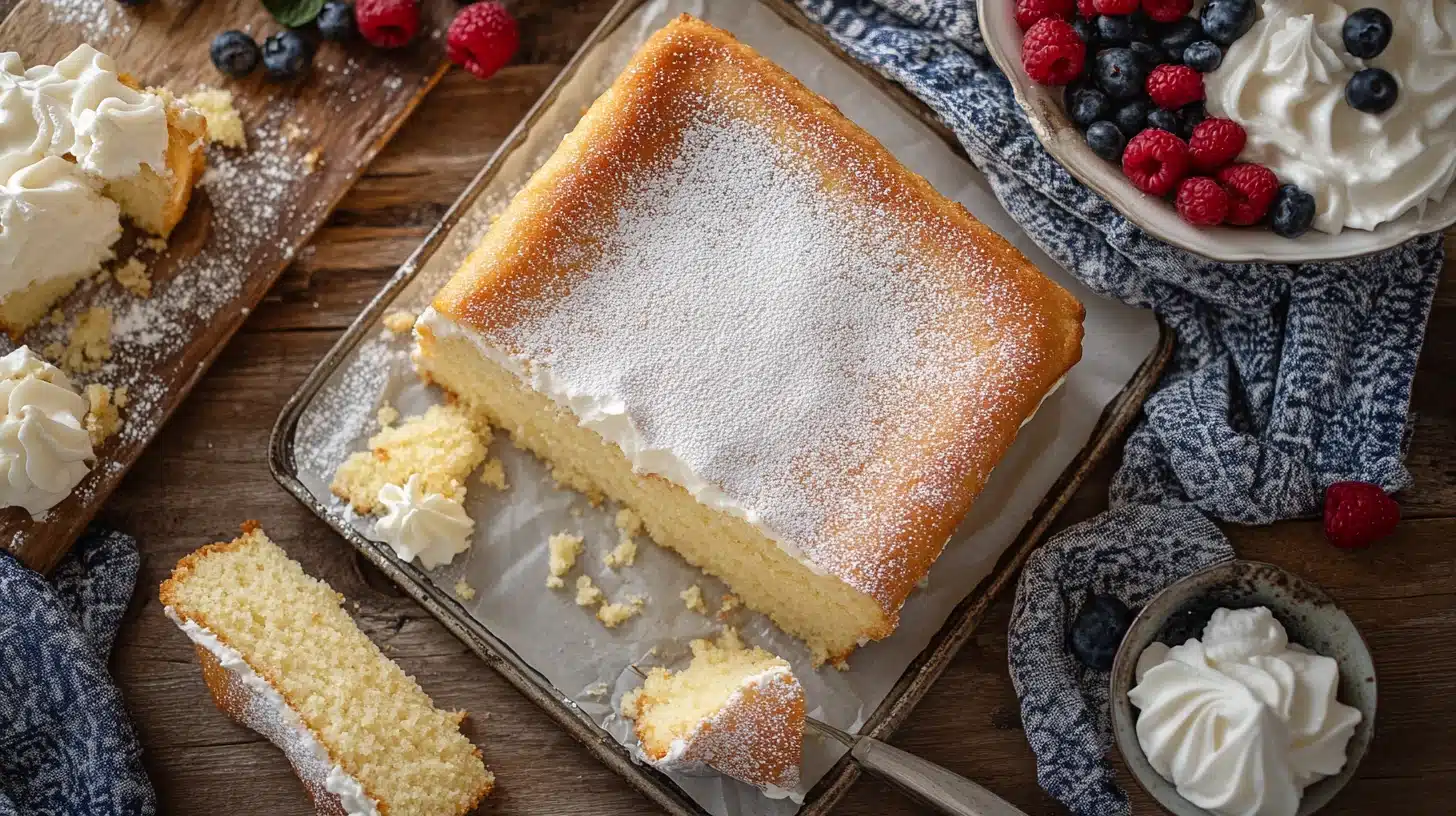
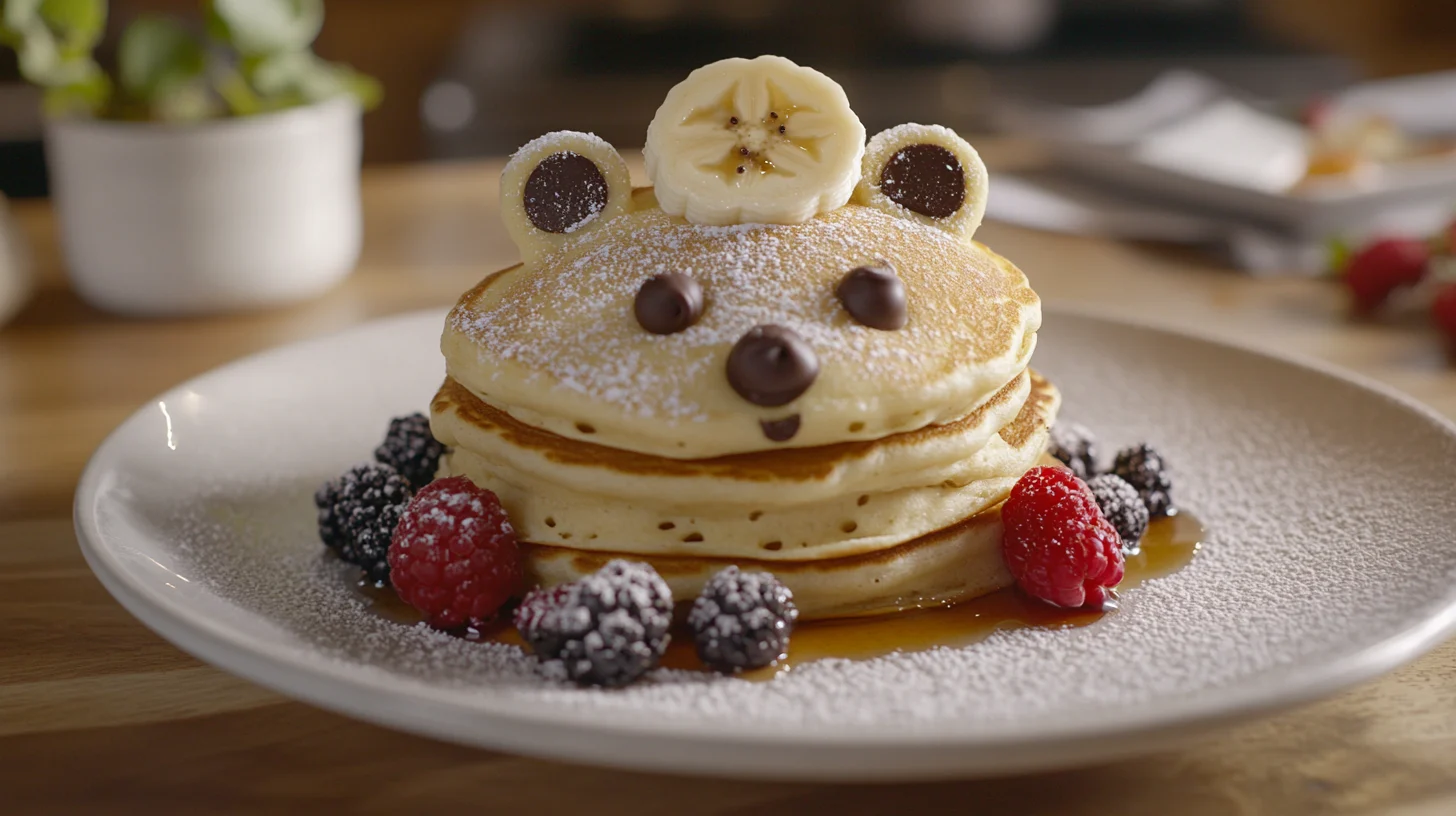

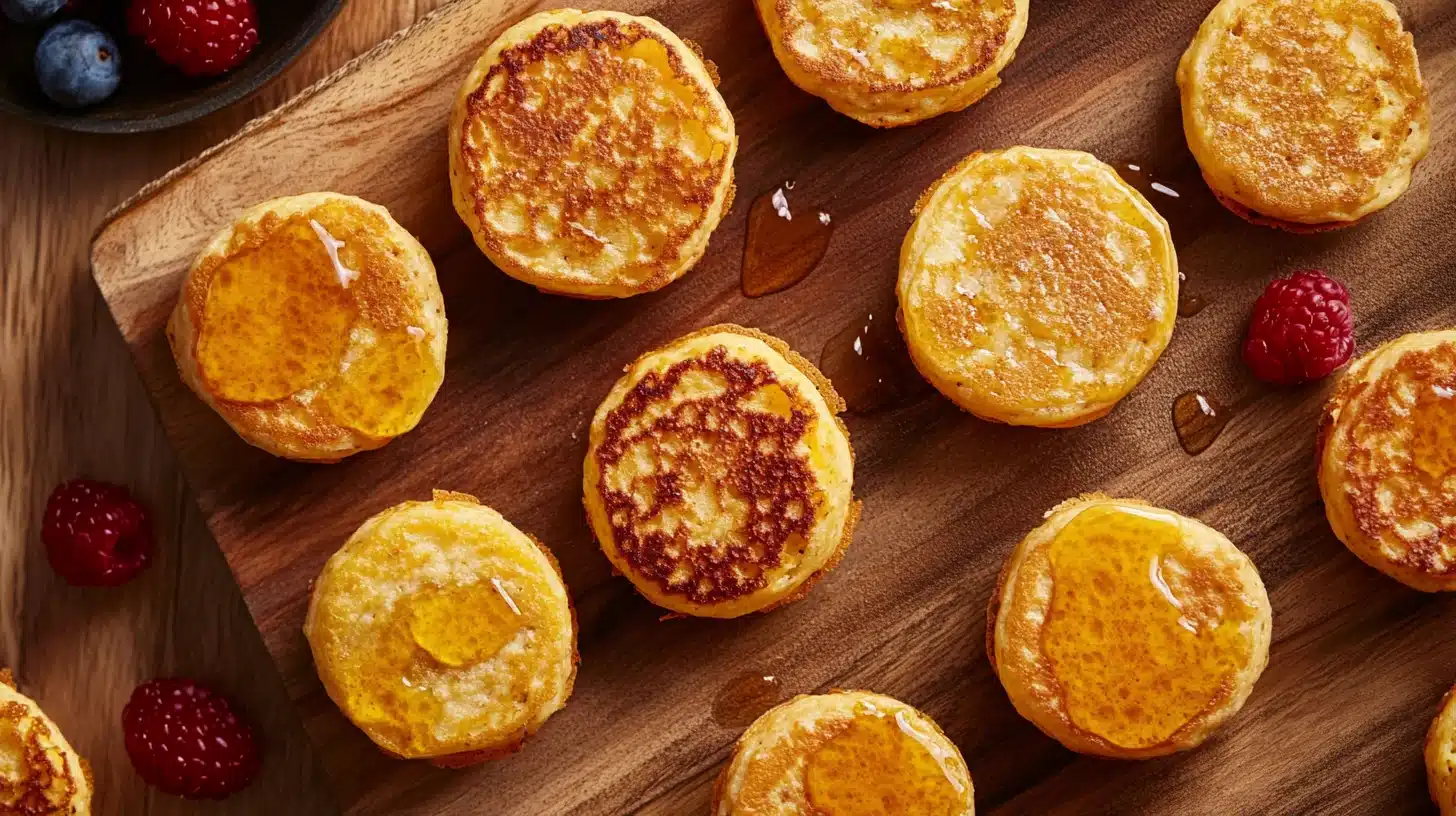
1 Comment
good